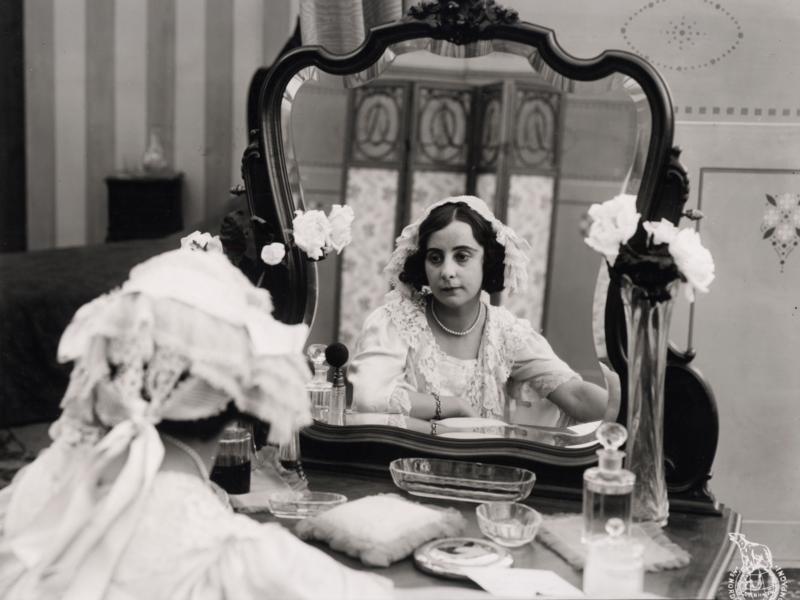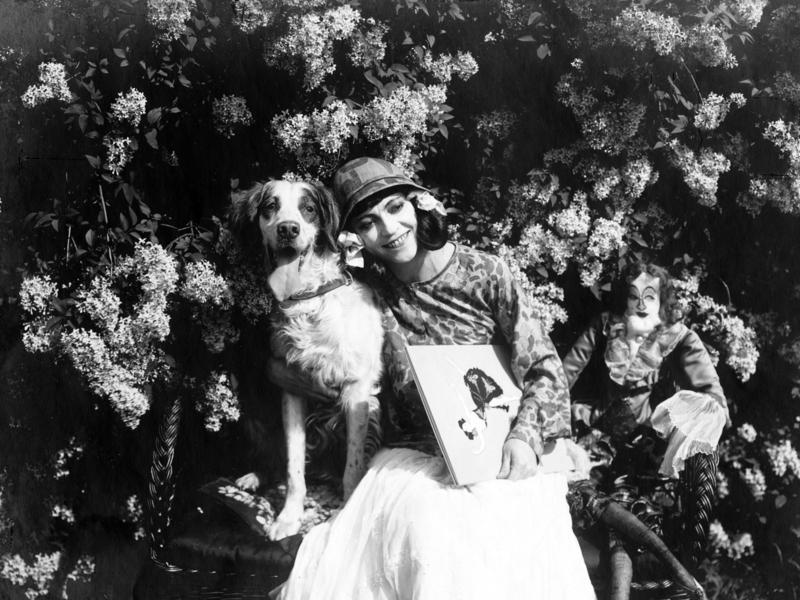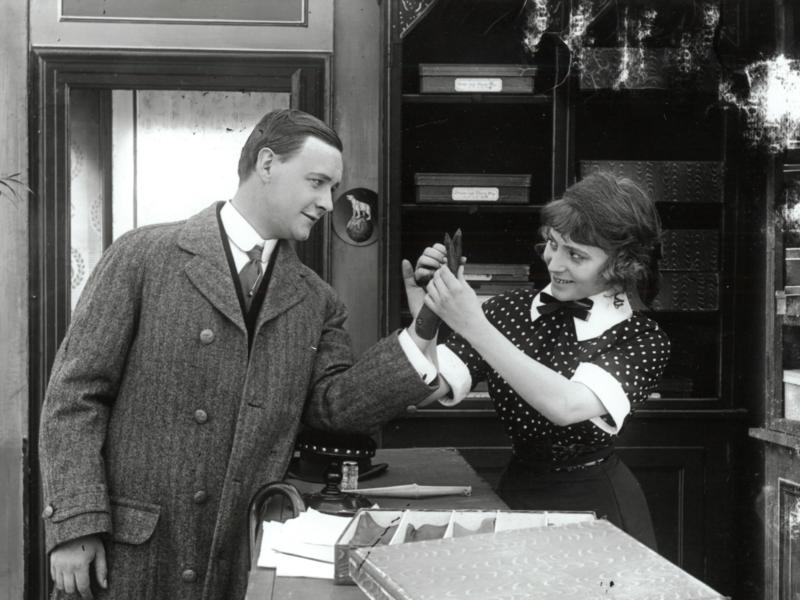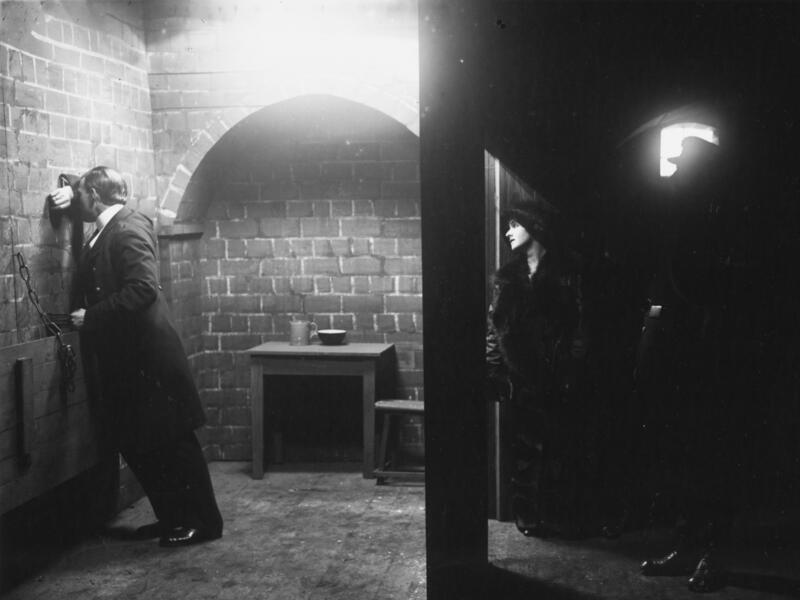Five prominent fans of silent films share enthusiastic recommendations
"Silent films rock!", says director Christina Rosendahl when asked about her relationship with the Danish legacy of silent pictures. But what is so fascinating about the Danish silent films? And about silent cinema in general? Here, five prominent fans of silent films offer their takes on the question – and offer recommendations on favourite titles at stumfilm.dk.
Sara Prahl Larsen, Editor | 19 May 2021
"Just look at her, puffing cigarettes and grabbing the ladies and being a real man. I am deeply fascinated by the extremes she goes to. It’s hot!"
Ellen Hillingsø is gobsmacked by the sight of Asta Nielsen, who, dressed in men’s clothes, pulls no less than two women while her fiancé watches in dumbstruck amazement. The scene which so astounds Hillingsø, one of Denmark’s leading actors, is from the comedy The ABC of Love (1916). Here, Asta Nielsen – an international star in film at the time – has dressed up in menswear to teach her sweetheart how to act like a real man.
"It's a joy to see all the faces she puts on in the movie! She takes up so much space and is not afraid to try things out," says Hillingsø.
American film critic Jay Weissberg shares Hillingsø’s enthusiasm. When watching Asta Nielsen move her hips in the famous gaucho dance scene from Urban Gad’s The Abyss (1910), he feels shivers and shock waves running through him.
"It is so sexualised, it shocks me every time. And the fact that the film can still do that is a testament to how brilliant the filmmaker and Asta Nielsen were," says Jay Weissberg.
Hillingsø and Weissberg are drawn to Danish silent film, as are director Christina Rosendahl, musician Bjørn Svin and storyteller Liv Thomsen. But what gives these century-old films their longevity and current relevance? We have asked the five silent film fans to put their fascination into words. And to share their personal favourites from stumfilm.dk – as inspiration for anyone who might feel like embarking on watching these freshly digitised works from the dawn of cinema.
Denmark at the forefront

Jay Weissberg is an expert on silent film, a film critic writing for Variety and director of the silent film festival in Pordenone, Italy, where the international key audience for silent films – academics, archivists and other afficionados – meet annually to celebrate silent cinema.
“I always have people pushing me: please do another Scandinavian programme for the festival. There’s a love for Scandinavian film," says Weissberg, who is also enthralled himself, not only when he ventures into Urban Gad’s The Abyss.
"I like both the early and the later films, but of course there’s something exciting about early Danish cinema. In the 1910s Danish silent film was the avantgarde. They were at the forefront of acting and cinematic development. They pushed the boundaries for how you could tell stories. Because of all this, these films are enormously exciting to watch," says Weissberg.
His personal favourite on stumfilm.dk is A.W. Sandberg’s The House of Shadows (1924). But if he were to recommend one of the early films, the comedy Unjustly Accused (1913) would be a definite contender. An audience favourite at this year's Pordenone Festival, the film is about a celebrated singer who sets her husband aflame with jealousy when he suspects her of having an affair with a theatre director.
At first glance, the plot may seem banal and a little silly. However, Weissberg urges the viewer to peel away the surface action to discover the universal and entirely real emotions that underpin it.
"Then silent film has a special ability to bring people together. We have a tendency to think of silent film as overly melodramatic and silly but this is a mistake. The good ones are capable of moving us with true and universal emotions – of humour, love, hate, lust – across different nationalities".
Silent films rock!
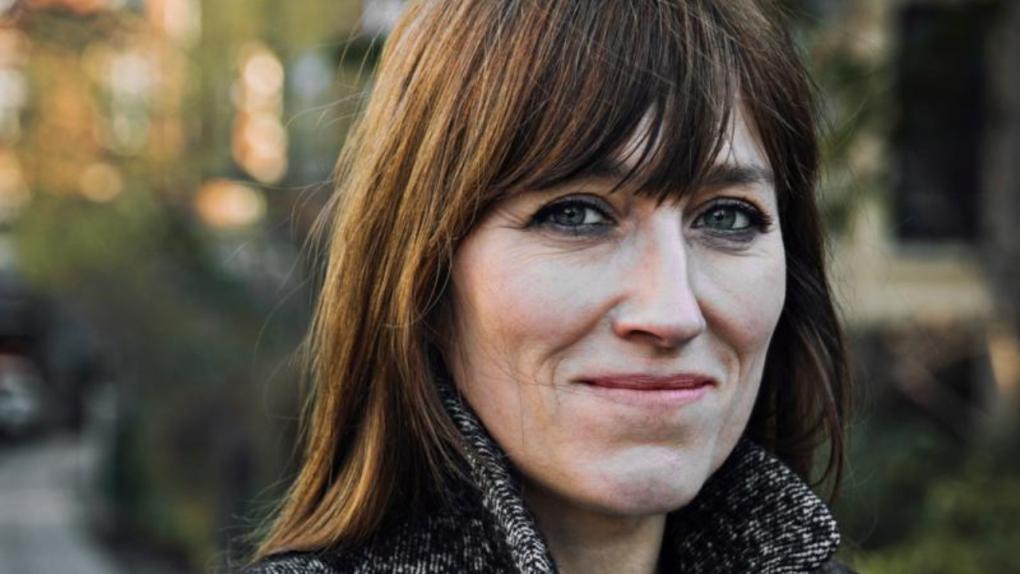
What Weissberg loves most about silent film is the ‘exciting movement’. On this point he is entirely on the same page as Danish director Christina Rosendahl, who, when asked whether she would be willing to do an interview about the fascination of silent film, immediately exclaimed "silent film rocks!". But what is it about these early films that rock Christina Rosendahl’s world?
"You could say that the very DNA of cinematic storytelling resides in silent film. Silent film is all about gestures, framings, genres, costumes and props; all those things that are at the core of film. They later become 'disrupted' by speech, which can actually be said to interject some distance between us and the essentials of the language of film. This is especially evident in our present-day TV series, where many scenes are all about characters speaking".
According to Rosendahl, anyone wishing to be enchanted by the art of cinema in its purest, essential form should delve into the work of master director Carl Th. Dreyer. Because he speaks fluent film and challenges all the rules of the art – without needing any words and sound:
"A movie like Joan of Arc is mindblowing! The entire visual strategy in that film is just insane," says Rosendahl, who first came across the film while studying at the University of Copenhagen.
Unlike many other silent films, The Passion of Joan of Arc (1928) is not particularly plot-driven, she explains. Most of the action takes place in a courtroom, where judges – quite silently – decide whether Joan of Arc should be sentenced to death or not.
"Which sounds hugely boring, but really it isn’t because the visual approach, the language of film, makes the story so vivid. In one scene where the camera is on Joan of Arc, Dreyer constantly cuts to different points of view within the same situation. Today, a production manager would say: why spend expensive production time shooting that? But the point of the scene is that Dreyer wants to challenge our connection with her. He uses pure cinematic language to tell the story in a completely unique way".
Svin and Asta
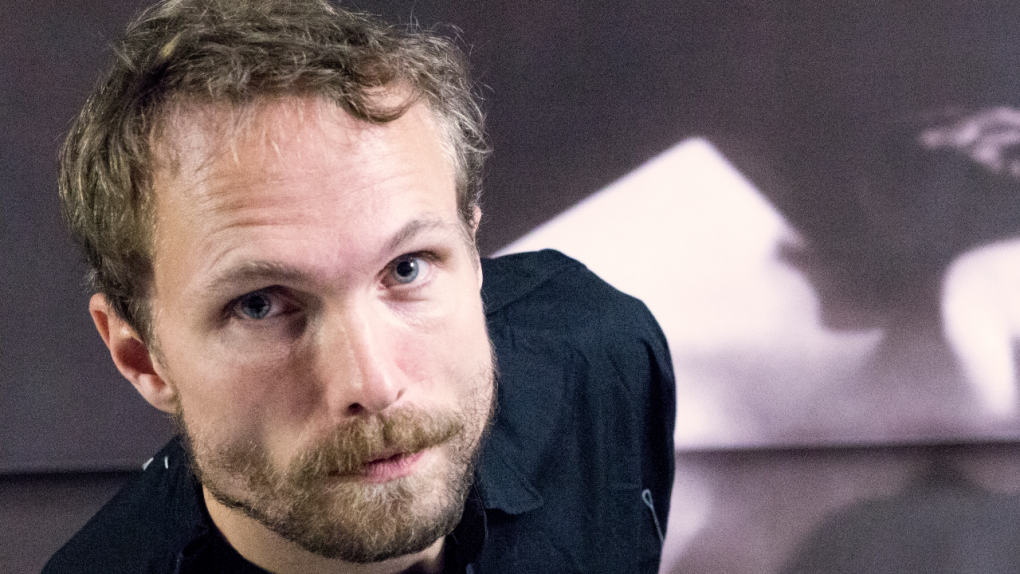
The next advocate of silent film is techno musician Bjørn Svin, who has a special relationship with superstar Asta Nielsen.
"She just has this aura and natural quality that other actors from that time don’t have," says Bjørn Svin, explaining why Die Asta continues to fascinate today.
Svin himself became very closely acquainted with Asta Nielsen when he was asked to compose music for the exhibition ‘Die Asta’ at the art museum Brandts in Odense, Denmark. Here he had the opportunity to fully appreciate ‘Asta in loops’ as he had to watch the same clips over and over again. Doing so made him hyper-aware of how the famous actor was able to convey many emotions simultaneously – without any words at all.
"It's like she can navigate on two layers at the same time. Asta can speak directly to a person she is not comfortable with and at the same time look away and show us that she does not like him. She manages to stay in character, playing her role opposite him, while also showing her audience exactly what she is thinking. It’s quite impressive to watch, and you don’t see that sort of thing in new films," says Bjørn Svin, pointing to the comedy The ABC of Love (1916) as a must-see Asta film.
Surprisingly saucy
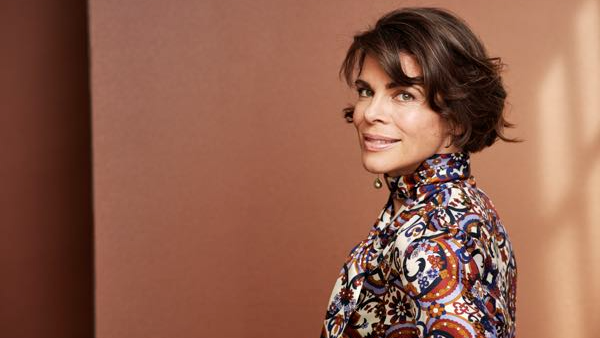
"Saucy" and "hot" are words which Ellen Hillingsø is only too happy to apply to Asta Nielsen and the era’s filmmaking.
"The kind of prudishness you see these days in Hollywood didn’t bloody exist in European Hollywood. Certainly not everywhere," says Hillingsø, who, like Bjørn Svin, loves to see Asta Nielsen unfold her talents as a man in The ABC of Love (1916) and later Hamlet (1921):
"There’s this playing around with gender and sexuality in hilarious and sometimes quite refined ways. And here we are, thinking that gender-bending is a new thing. We tend to have somewhat stereotypical ideas about how stuffy, uptight and repressed they were back then, and I think many would be surprised by this".
Our last silent film fan on the list, storyteller Liv Thomsen, follows a similar train of thought. She has made several documentaries about Danish silent films. And, as more and more of the old films become digitised and available on stumfilm.dk, she has grown increasingly amazed by the modern traits found in these films.
"I especially remember my reaction to this one scene from In the Prime of Life (1911) featuring Clara Pontoppidan, in which a young man from a wealthy family enters a shop to try on a pair of gloves," says Thomsen and giggles as if talking about a porn film.
"And then they just start flirting. It gets hot, naughty, erotic and explicit, and I just go: Oh, wow! This is a hundred years old, and she’s just totally comfortable with her femininity and sexuality. This is not at all the kind of behaviour you generally associate with that period," says Liv Thomsen.
You need to crack the code
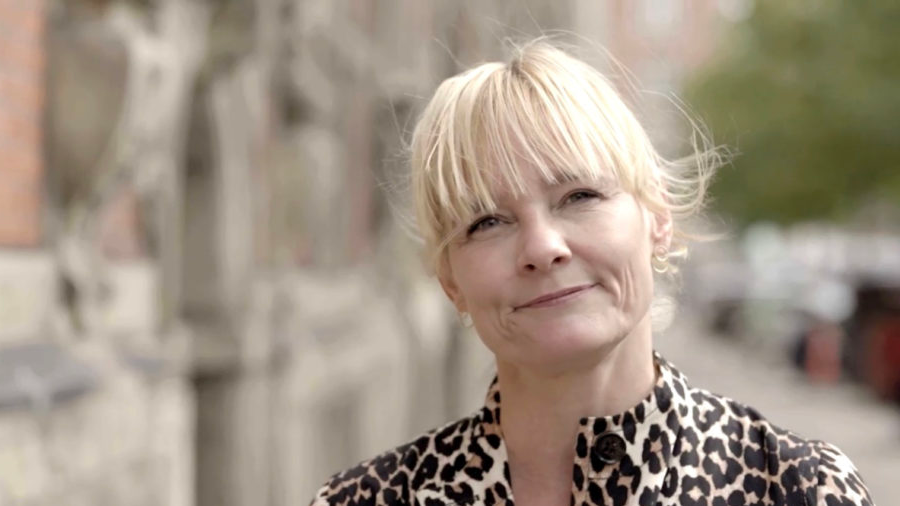
As a mediator of history and seasoned silent film fan, Thomsen has, in her own words, a 'ferocious appetite’ for these early pictures and the way in which they offer her exclusive access to the beginning of the last century.
"That’s something that just gets me over and over again. There’s a lot of completely unique footage here, and it’s just wild to see spectacles like the Copenhagen of yore come to life before your eyes. To see the old cars. The women. Even though it’s fiction, it’s also quite invaluable and poignant documentation."
Although she loves early filmmakers and actors like Benjamin Christensen (Sealed Orders) and Clara Pontoppidan, Liv Thomsen certainly understands why it can be difficult for others to truly fall for the old films.
"If you just sit down and expect to be entertained like you would be by a modern feature film, you’ll probably fail to be amused,’ reasons Liv Thomsen. ‘It's about getting to know the codes. Understanding the context. You almost have to educate and train yourself to watch these movies. And for that, stumfilm.dk is absolutely brilliant."
On this site, visitors can launch their own journey of discovery by delving into the more than 400 films digitised by the Danish Film Institute, with more being added regularly.
Many of the films have not been available to the general public since the beginning of the twentieth century. This means that even seasoned fans of the genre may be in for a pleasant surprise when stumfilm.dk offers opportunities to watch something they have never watched before.
That very thing happened to Liv Thomsen when she recently set about creating a presentation film about Asta Nielsen for the site:
"Before that time, the fact that Asta Nielsen was brilliant was just a given. I myself have said as much on numerous occasions because this was just something academics and other film enthusiasts said. But now I’ve had the opportunity to sit down and watch more of her films and compare them up against others from the period. And then I suddenly saw it for myself. For the first time, I really understand and appreciate Asta Nielsen’s talent and genius," says Liv Thomsen.
Sara Prahl Larsen, Editor | 19 May 2021
Recommendations
Jay Weissberg recommends
A late silent film:
“It’s a stunning film, and until we screened it at Pordenone not many people were aware. There’s a beautiful lyricism to his films, a way of capturing landscape, a marriage of character with place. The tendency is general to the Scandinavian cinema”
An early silent film:
“Everybody loved the film at the festival and felt it was one of their favorites. Because they are using the forms so well. There’s an amazing sequence in the film where they are sailing on a boat. It’s great because it’s such an exciting movement between cinematography and editing particularly for that year and that period."
Christina Rosendahl recommends
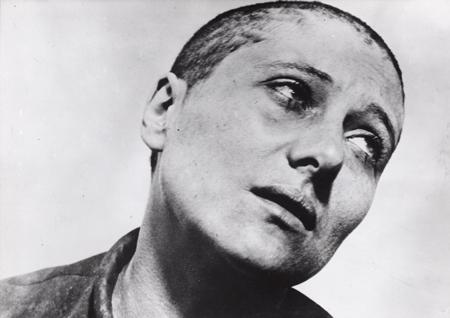
THE PASSION OF JOAN OF ARC
(Carl Th. Dreyer, 1928)
Articles and information about ‘The Passion of Joan of Arc’ are available on our sister site carlthdreyer.dk.
In Denmark the film is available for streaming at filmstriben.dk
"A movie like Jeanne d’Arc is mindblowing! The entire visual strategy in that film is just insane compared to other silent films, which are more plot driven. It has the most boring subject imaginable; essentially, it’s an entire film set in a courtroom. But the genius of Dreyer is that the language of cinema is the very core of this narrative. And that’s what makes it exciting."
Bjørn Svin and Ellen Hillingsø recommends
Bjørn Svin: “I like The ABC of Love because Asta gets to be funny and awkward and goof around and that’s a side of her you don’t see that often. I used to have the impression that she was all dark and gloomy, but she is a lot of other things too. The film allows her a lot of space, too, and that’s great.”
Ellen Hillingsø: “Just look at her, puffing cigarettes and grabbing the ladies and being a real man. I am deeply fascinated by the extremes she goes to. It’s hot!”
Liv Thomsen recommends
“I especially remember my reaction to this one scene from In the Prime of Life featuring Clara Pontoppidan, in which a young man from a wealthy family enters a shop to try on a pair of gloves. And then they just start flirting. It gets hot, naughty, erotic and explicit, and I just go: Oh, wow! This is a hundred years old, and she’s just totally comfortable with her femininity and sexuality. This is not at all the kind behaviour you generally associate with that period.”
“Sealed Orders is just great, great art. It’s incredible to see how Benjamin Christensen plays around with the lighting and settings. And this is back in 1914! Quite unbelievable.”

